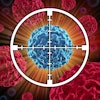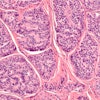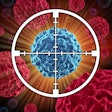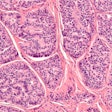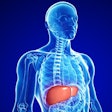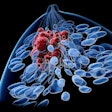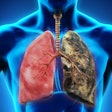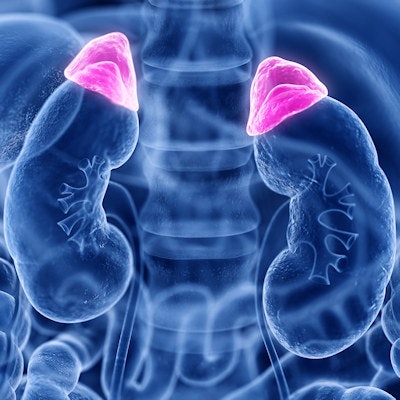
Employing a "triple test strategy" that combines lab work and imaging could improve the detection of adrenal cancer and potentially reduce healthcare costs and time to surgery for patients with the illness, according to a study published online July 23 in the Lancet Diabetes & Endocrinology.
The researchers proposed a "triple test strategy" that combines a urine test, computed tomography (CT), and characterization of the tumor size (specifically, whether the maximum tumor diameter was less than 4 cm or greater than or equal to 4 cm). This trifecta of criteria had the highest specificity and sensitivity of any of the tested methods.
Common imaging procedures such as CT and magnetic resonance imaging (MRI) scans often lead incidentally to the discovery of a nodule in the adrenal glands. These so-called adrenal incidentalomas, which are detected on average in 5% of scans, are usually benign, but once they are discovered it is important to exclude adrenal cancer. The prognosis for patients discovered to have an adrenal cortical carcinoma (ACC) -- a cancerous adrenal mass -- is poor without early detection and surgery.
The six-year study included more than 2,000 patients with newly diagnosed adrenal tumors. The patients were recruited from 14 specialist centers participating in the European Network for the Study of Adrenal Tumours (ENSAT).
A urine sample was collected from each newly diagnosed patient, and the researchers then analyzed the types and amounts of adrenal steroids in the urine by liquid chromatography-tandem mass spectrometry (LC-MS/MS), quantifying 15 urinary steroid metabolites. A machine-learning algorithm (a generalized matrix learning vector quantization classifier) was then used to generate a patient risk score (low, medium, or high risk of ACC) based on the patient's urine steroid metabolomics data.
When the researchers evaluated the urine steroid metabolomics approach alone, they found that it resulted in fewer mistakes than CT imaging, which more frequently wrongly diagnosed ACC in a benign adrenal nodule (false positive). When applied separately to the problem of predicting ACC, all three strategies -- urine testing, CT, and characterization of the tumor size -- generated false negatives as well as false positives.
However, when the three approaches were combined (the "triple test strategy"), the false-positive rate fell dramatically and no false negatives occurred.
The new testing approach could enable faster diagnosis for those with cancerous adrenal masses, said lead study author Dr. Wiebke Arlt, director of the Institute of Metabolism and Systems Research at the University of Birmingham in the U.K., in a statement.
"We hope that the results of this study could lead to significant decreases in patient burden and a reduction in healthcare costs, by not only reducing the numbers of unnecessary surgeries for those with benign masses, but also limiting the number of imaging procedures that are required," the authors wrote.
